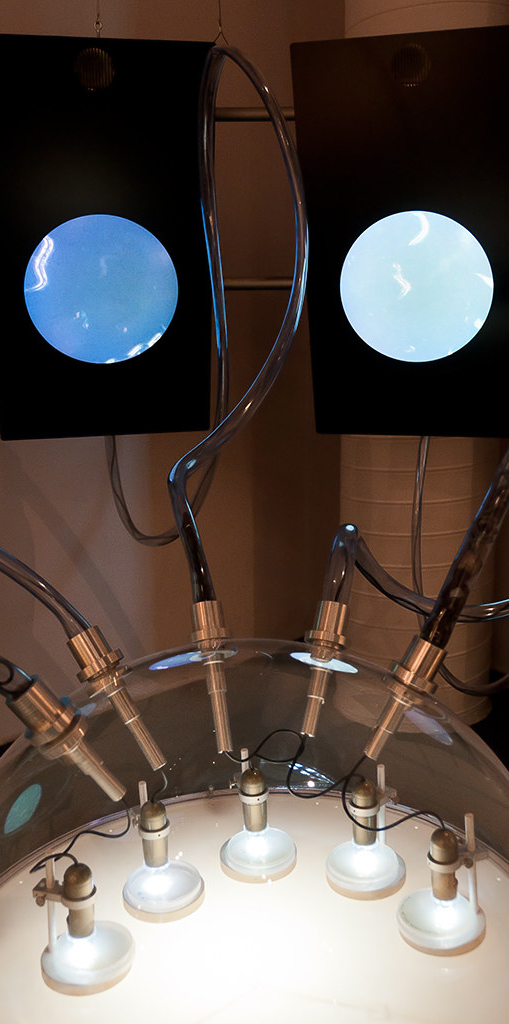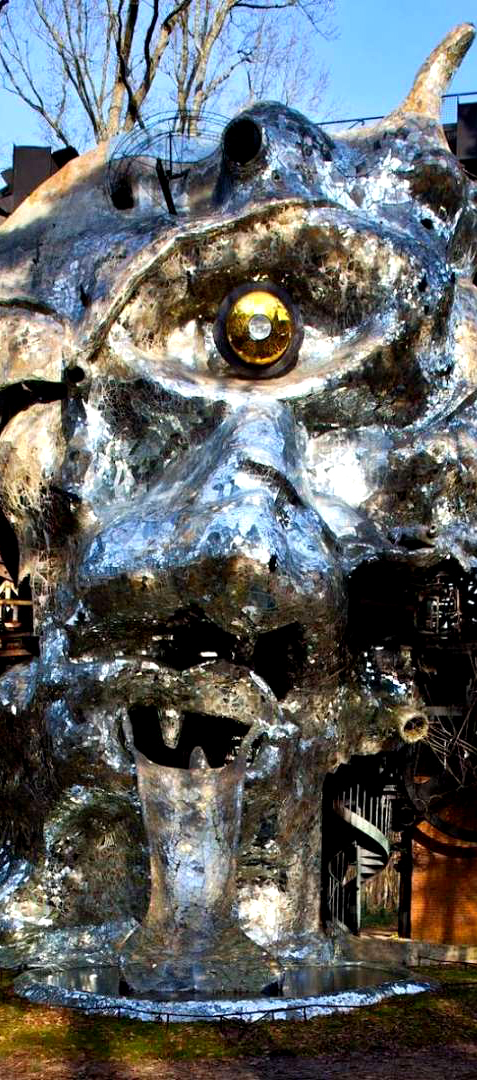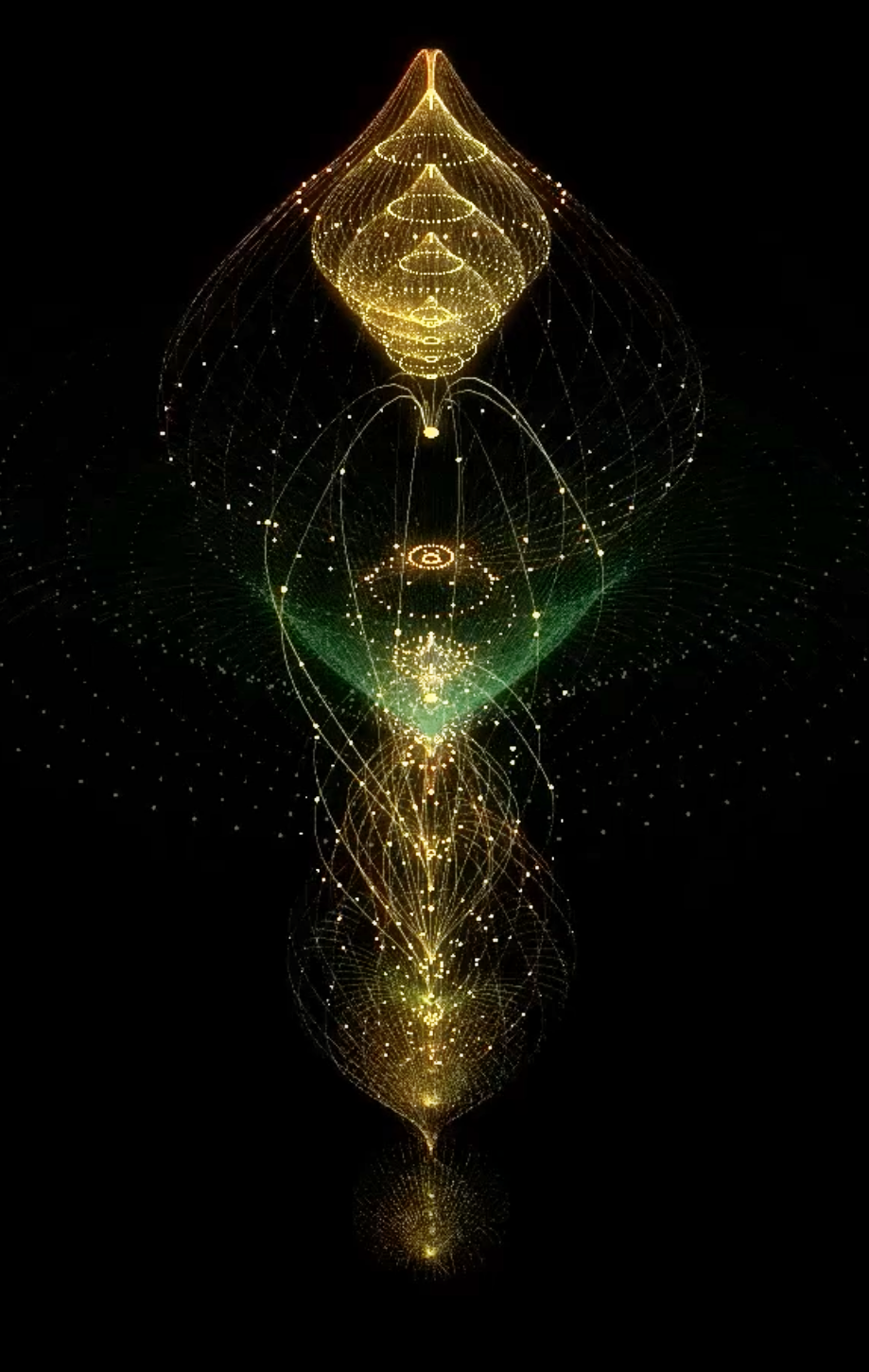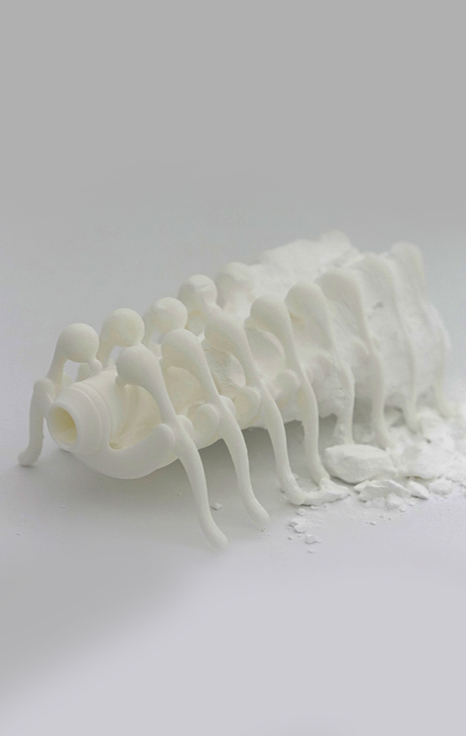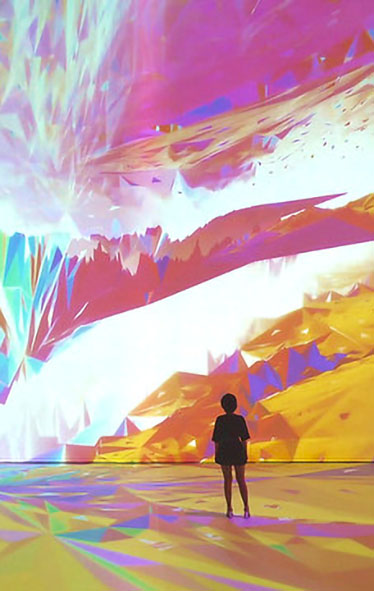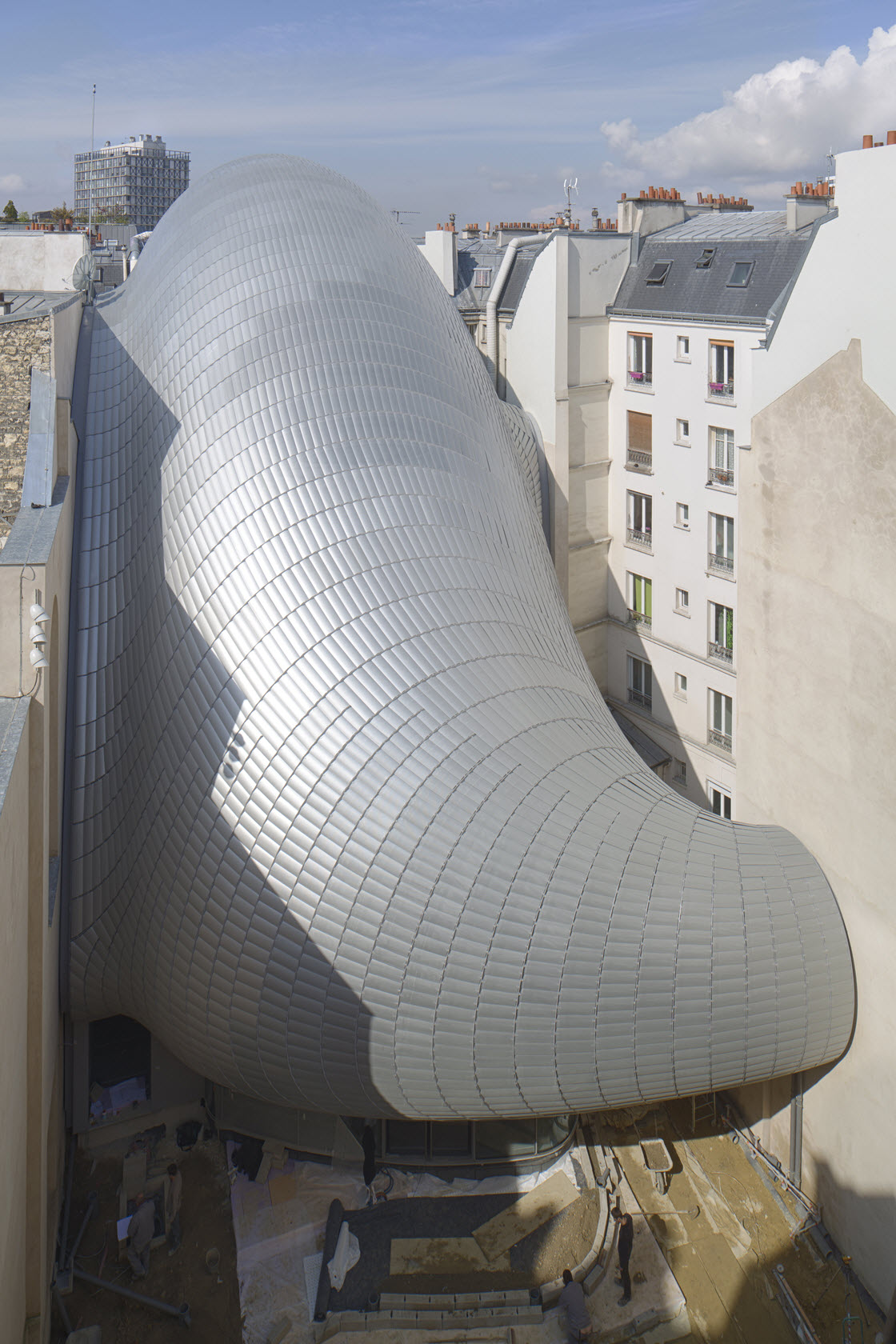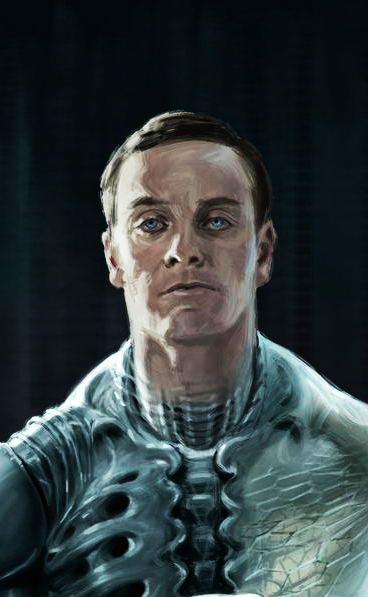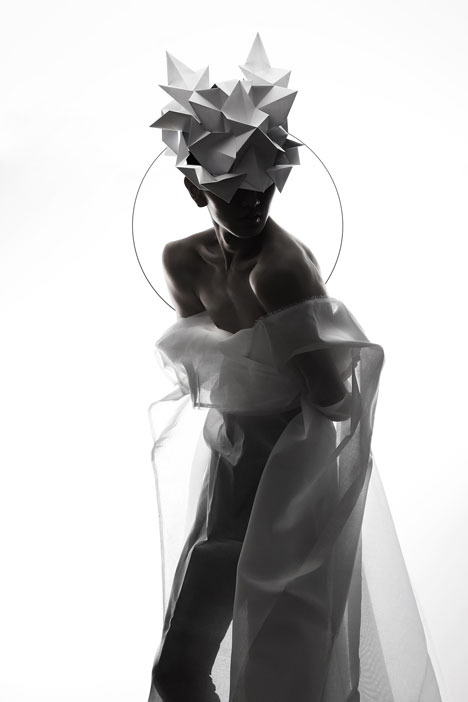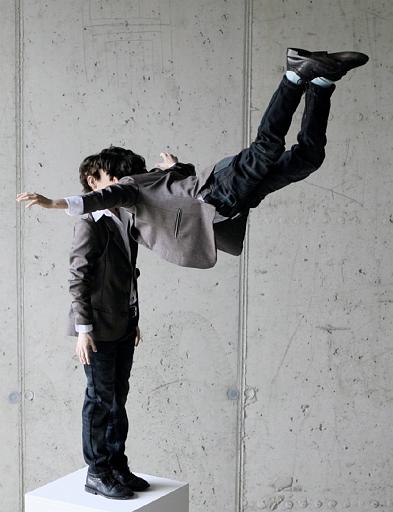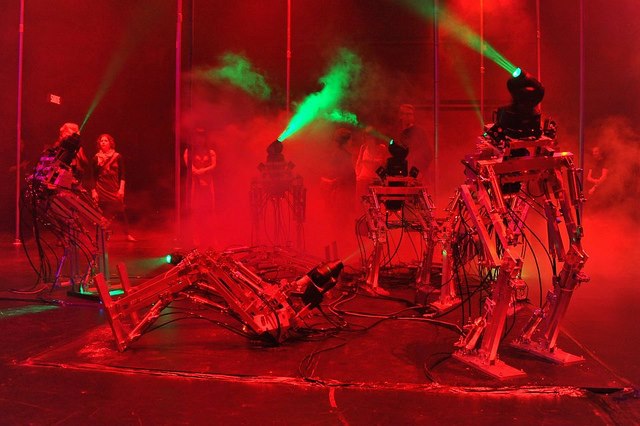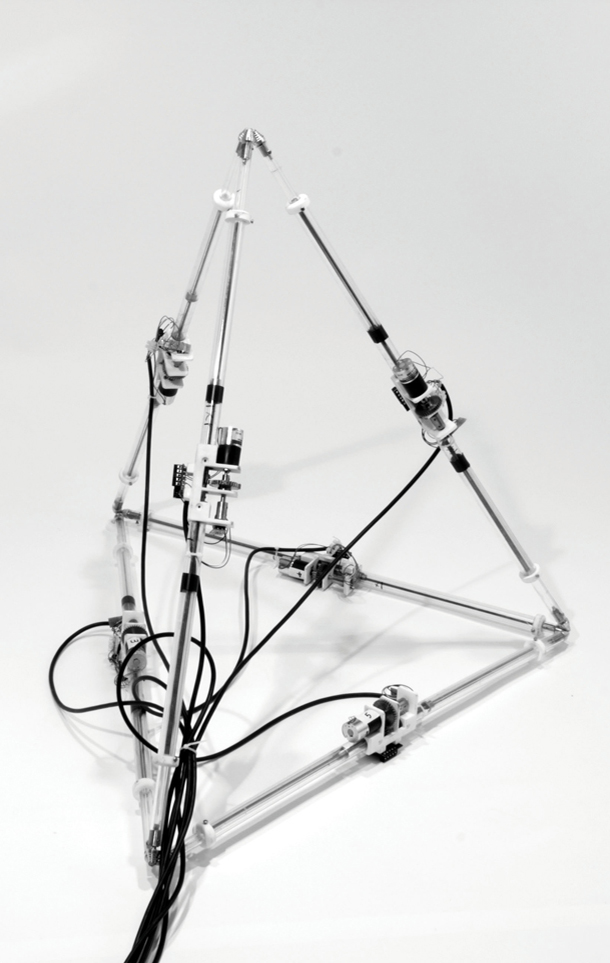
Synarcade Audio-Visuals
The Museum of Faces
Designed to record and tell the stories of the local community and beyond, this futuristic invention by Synarcade Audio-Visuals is an astonishing communal forum of the city at a unique moment of growth and change.
Visitors are invited to approach the work and press a glowing button to make the faces come alive and speak. Then, they can step into a special Video Capture Booth and contribute their own face, voice, and story to become part of the ever-changing Museum.
The Museum of Faces is based on Synarcade Audio-Visuals’ award-winning invention, The Lumiphonic Creature Choir, an eerie mechanical choir that can sing together in unison, beatbox, or recite poetry at the touch of a button. The Lumiphonic Creature Choir has performed to sell-out audiences in Melbourne, Croatia, New York, and at TEDxSydney 2018.






